Historically, the earliest monks began retreating to the rocks as early at the 9th century due to local pogroms and also to escape constant raiding of different marauding groups who descended on this rich farming area to pillage and plunder. Barnabus and Andronicus, founders of the monastery of the Holy Ghost and the Transfiguration, arrived in 970. The Monastery of St. Stephen had a plaque dating it to 1192. By then anchorites were organized under a father Jerimias. Later assistance was extended to the monasteries by the Byzantine Emperors. Byzantine royalty who considered it their duty to God to participate in the construction of a church or monastery to which they would then donate works of art, relics, icons and ceremonial garments.
The monasteries flourished for hundreds of years until the 17th century when turkish Governor Ali Pasa, Lion of Janina, spared no effort to eradicate the spiritual centre of those "unfaithful' to Allah. Finally in World War II the monasteries were bombarded by enemy air force. Since then the Greek Ministry of Culture and the Church of Greece have undertaken extensive renovations
In winter months there are days when the monasteries are closed. Having my own vehicle I was able to drive by the major eight monasteries and enter five of them. St. Barbara, St.Stephen, Holy Trinity, and Grand Meteroron were the ones I was able to enter. There are a lot of pictures of the outside of Varlam as it was beside Meteron and particularly picturesque in the light of that time of day. Though the monastery interiors were closed it was possible to climb up and see the outsides up close as I did at Varlamm.
The chapels with their ornate wood carving, bronze sculpture, wall and ceiling frescoes, hanging lamps and years of prayer and meditation were of another time and world. Photographing and video are strictly forbidden in the chapels and museums. It was a lot of hiking and climbing so I don't think a person with a walker or wheelchair could go to many though some access was available now with bridges built where previously only a rope and basket was used to haul things from the ground up to the monasteries. Men must wear long sleeves and trousers and women long skirts though wrap arounds are available for those who come unprepared.
The monks and sisters were wonderful and kind. Twice I was offered cookies they were making for themselves. Very tasty. I bought some of the honey they make planning on finishing it all in the few days I remain before flying back to Canada. The monks garden and their herbs, oils and wines were available for sale alongside the religious materials. While I had a car I could see a bus tour working almost as well. The only advantage I had was I could linger in the chapels alone blessed to be uninterrupted in this off season time. Otherwise I envied the couple of bus tours I crossed paths with as their guides were so informative. Church groups would do well to pilgrimage here. A few days or a week would be a luxury of time for the monasteries and remarkable surrounding areas.
The themes of the paintings were mostly recording the long history of persecution of Christians, saints and martyrs, not surprising given the origins of the monsteries and reason so many of the monks left the world to come to these places of safety, seclusion and meditation, with albeity hard work.
Monasteries were often built around infirmaries and healing was a central part of their mission. At the Holy Monastery of Grand Meteoron there was one of the last survival monastery infirmaries and a plaque recording the history of this important aspect of Christ's care of the sick. Building, farming, copying manuscripts, healing, attending to the old and sick, monks and nuns are a hard working busy lot. I enjoyed imagining them sitting in the high backed chairs that circled the chapels or at the long hard wood benches and tables in the dining hall. Austere places no doubt but warmed by spirit and friendship of God and man.
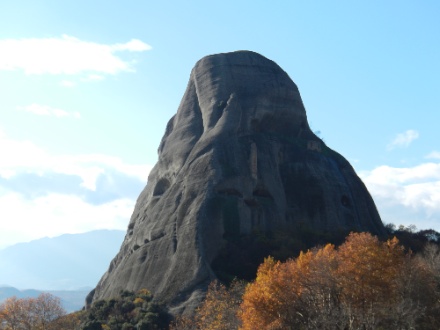
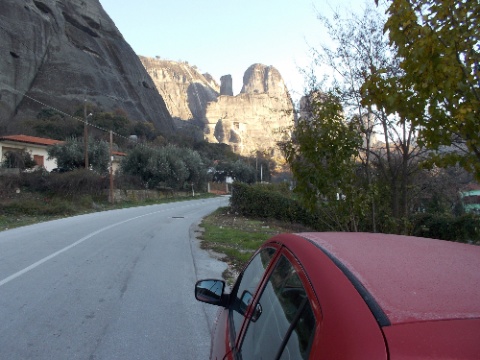
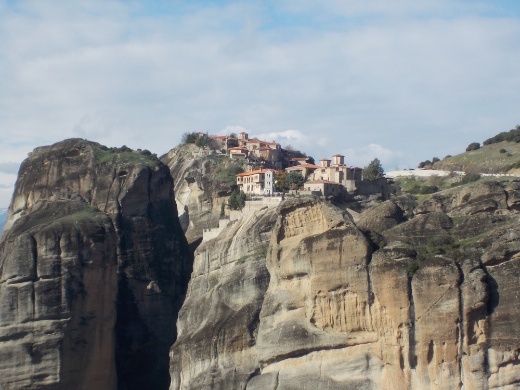
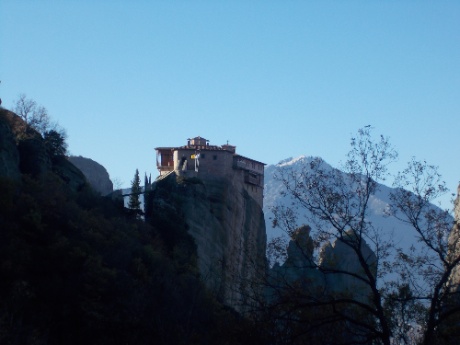
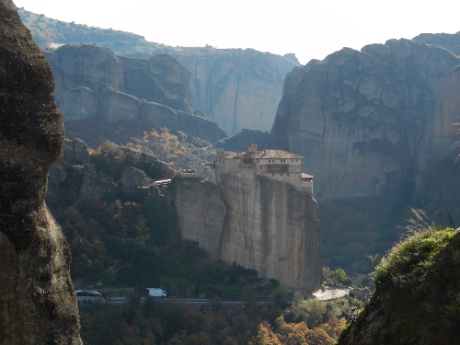
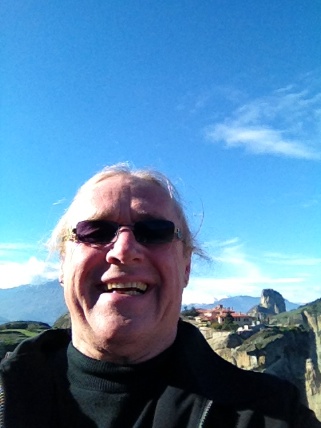
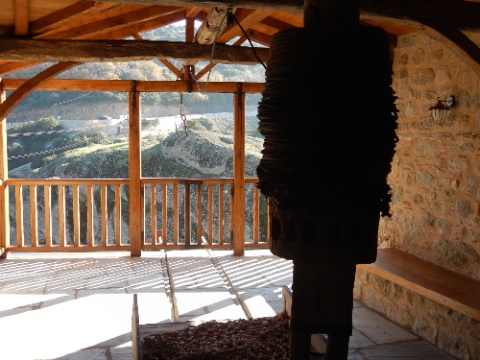
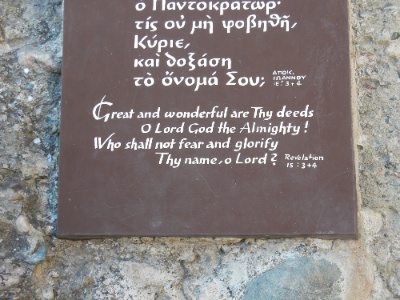
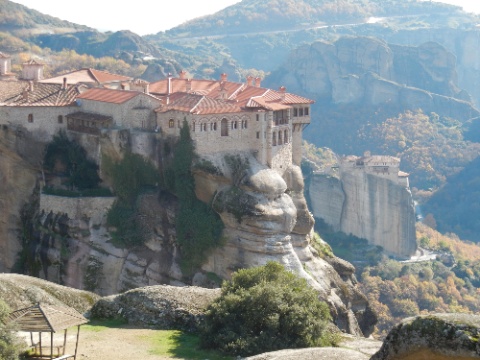
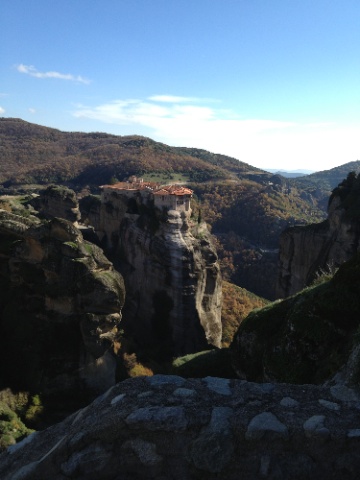 t
t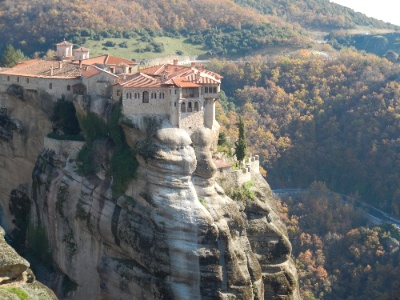
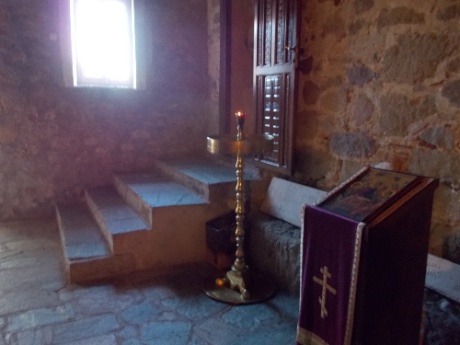
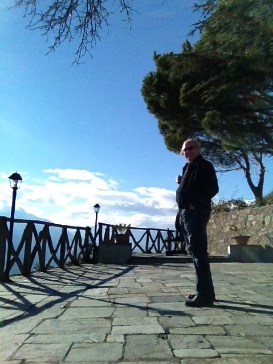
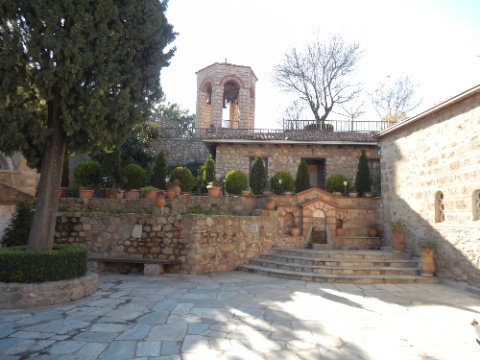
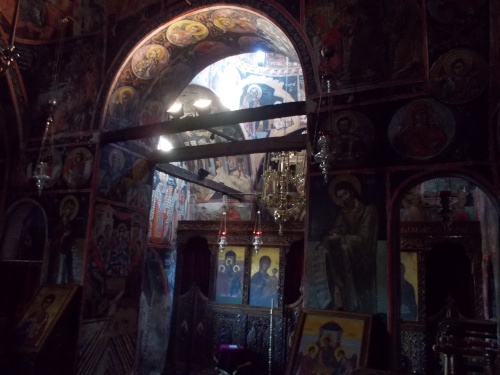

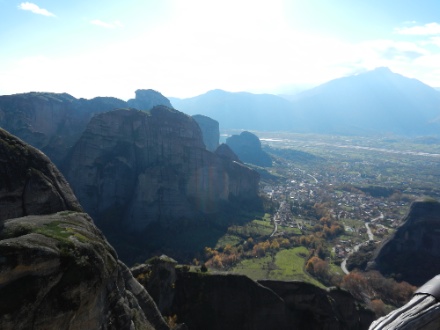
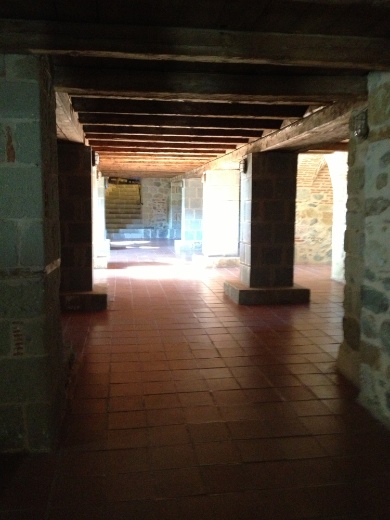
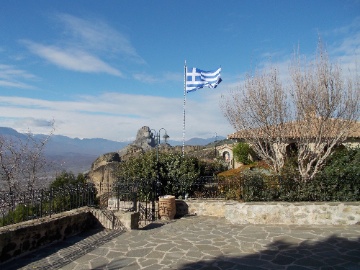

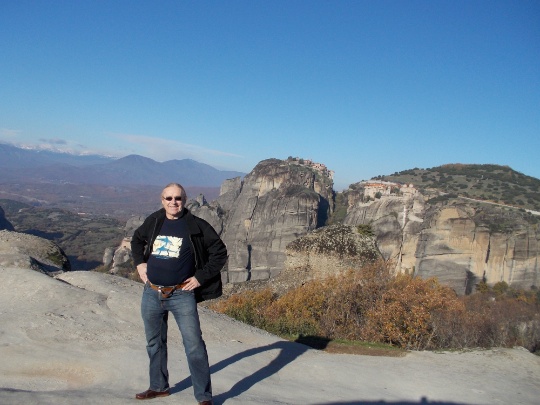
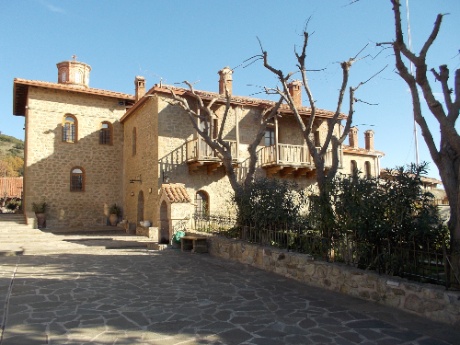
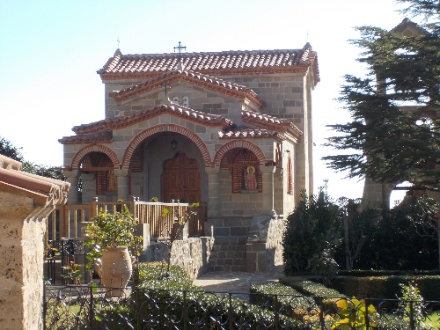
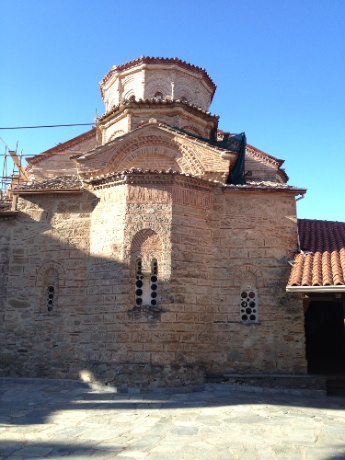
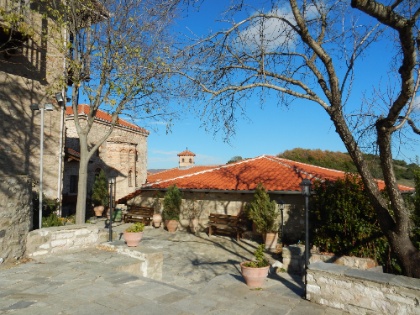
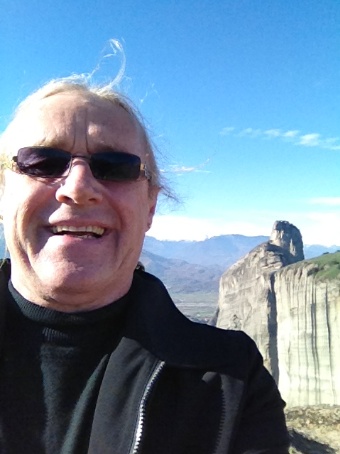
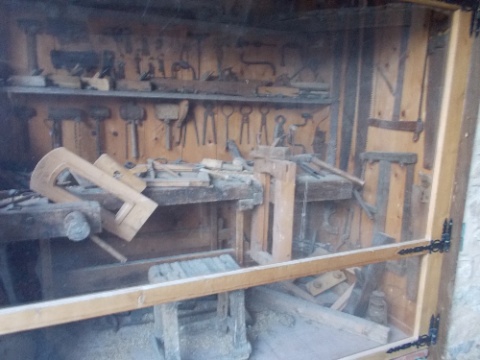

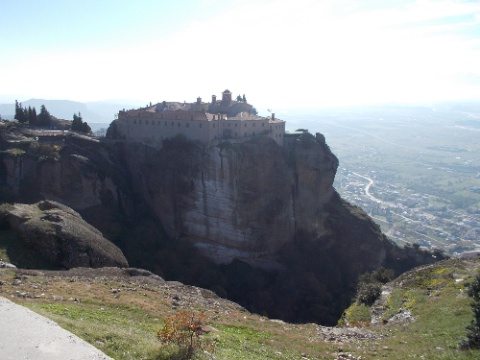
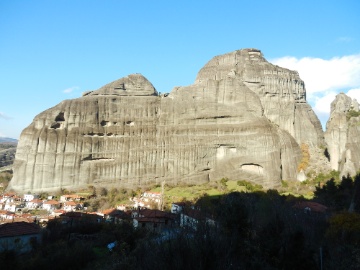





No comments:
Post a Comment